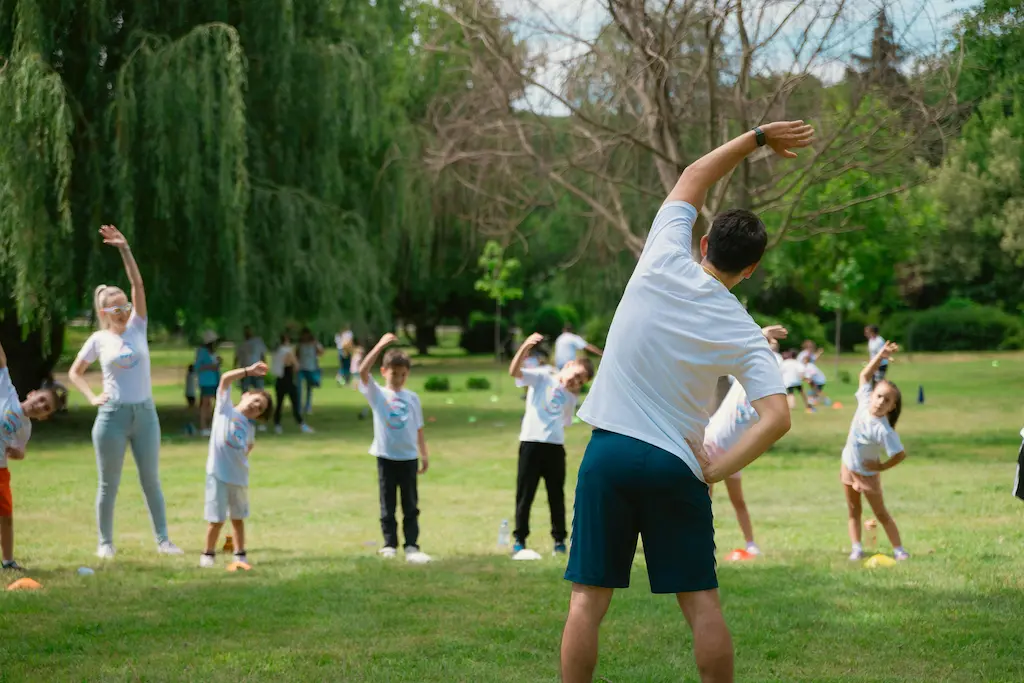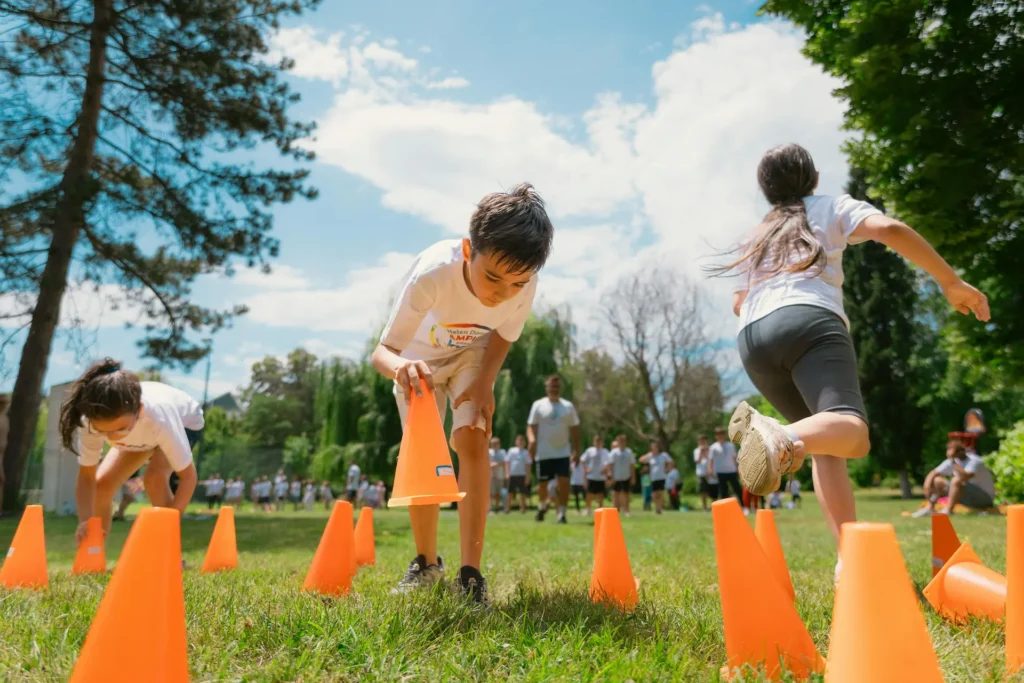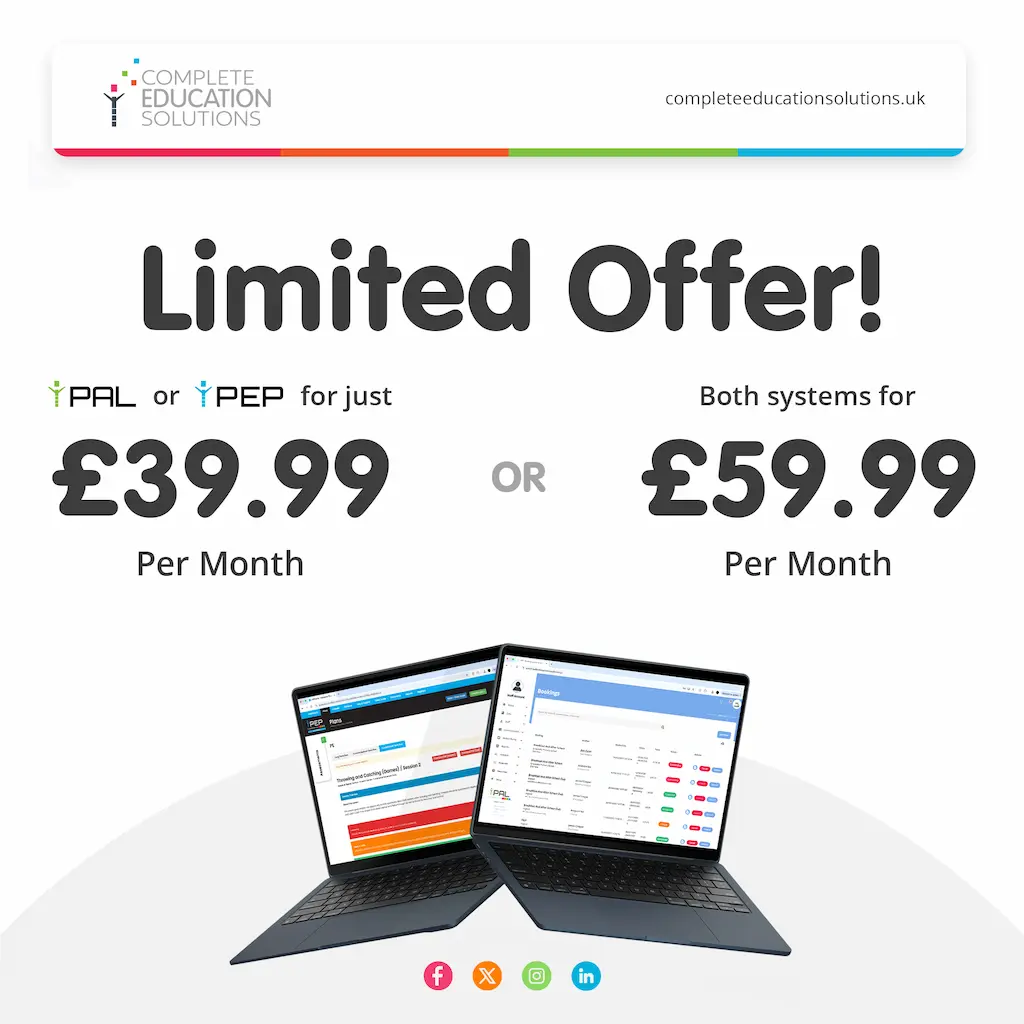What’s The Most Efficient Way To Plan A Fulfilling PE Lesson Plan?

Planning a high-quality PE lesson can often feel like a juggling act. Educators and childcare professionals across schools, nurseries and clubs frequently face the same challenge: creating structured, engaging sessions that meet curriculum expectations, cater to diverse needs and still leave room for spontaneity and fun. The question is no longer whether PE planning is important, but how to make the process more efficient and fulfilling.
Understanding The Challenges
Physical Education is a unique subject that requires more than subject knowledge. Teachers must manage resources, assess movement skills in real-time, maintain safety, differentiate for a wide range of abilities and ensure curriculum coverage. Unlike classroom-based subjects, PE demands planning that considers space, weather, equipment and the physical dynamics of group activity.
Time is perhaps the most pressing constraint. With a full timetable of responsibilities, teachers often struggle to design detailed PE lessons that go beyond the basics. This time pressure can lead to repetitive activities, lack of variety, missed learning opportunities and limited individual progression. It’s no surprise that many educators seek a more efficient, sustainable way to plan and deliver meaningful PE lessons.

How To Structure A Smart PE Lesson Plan
Efficiency in PE planning begins with clarity of purpose. A fulfilling PE lesson should have a clear learning outcome, an inclusive structure and opportunities for both enjoyment and progression. Below is a simple, repeatable planning process that promotes both efficiency and educational value, supported by iPEP where appropriate.
Step 1: Define Curriculum Objectives
Start by identifying which key stage or framework your lesson must align with, such as EYFS, KS1 or KS2. Consider the term’s overall goals and the specific skill set to be developed.
Using iPEP: Choose from a bank of pre-aligned learning outcomes tailored to your year group and national curriculum.
Step 2: Choose a Unit and Focus Area
Select a unit appropriate to the age and ability of the pupils (e.g. ball skills, gymnastics, dance, striking and fielding). Ensure that the activity type supports progression over time.
Using iPEP: Filter lesson units by term, topic and age range, and instantly access editable plans.
Step 3: Plan the Lesson Structure
Design a lesson that includes three key phases: a warm-up, a skill development section and a game or activity to apply the skills. Plan how you will deliver instructions, demonstrate, and transition between activities.
Using iPEP PE Lesson Planner: Use the visual lesson cards with diagrams and instructions to guide delivery smoothly.
Step 4: Differentiate for Ability and Need
Anticipate the range of needs in your class or group. Plan variations of each activity to challenge more able pupils while supporting those who need help.
Using iPEP: Access inclusive adaptations and SEN-friendly activity suggestions directly within each plan.
Step 5: Prepare for Assessment
Determine what you want to observe or assess during the session. Choose specific skills or behaviours (e.g. coordination, teamwork, agility) and decide how you will monitor progress.
Using iPEP: Enable live assessment tracking with preloaded criteria for each lesson objective.
Step 6: Organise Equipment and Space
List required equipment and set up zones or stations. Consider weather conditions if you are outdoors. Efficiency in lesson delivery often hinges on practical set-up and transitions.
Step 7: Deliver the Lesson
Facilitate the lesson according to your plan, making adjustments where needed. Use questioning and demonstrations to guide learning, and support all pupils to participate confidently.
Step 8: Record and Reflect
After the session, review what went well and what needs refining. Record assessment outcomes and make notes for the next lesson in the sequence.
Using iPEP: Automatically generate class and individual reports to review progress and inform future planning.
Key elements of a smart PE lesson plan:
- Clear, curriculum-aligned objectives for each age group
- Structured activities with built-in differentiation and assessment

How To Make PE Planning Process More Efficient
Technology has made things a lot easier in modern lesson planning. Rather than building lessons from scratch, educators now have access to platforms that significantly reduce admin time while improving lesson quality. iPEP is a leading example of this innovation.
iPEP is the UK’s first fully interactive PE lesson planner and assessment tool. It supports teachers by offering ready-made, curriculum-aligned plans across EYFS, KS1 and KS2. With over 1,000 resources including visual aids, activity descriptions and progression maps, iPEP allows educators to plan engaging lessons quickly and confidently.
Teachers using iPEP report up to 90 percent less time spent on planning. Instead of juggling paper plans or searching online for ideas, users can select age-appropriate units, customise sessions, print lesson cards and track pupil performance all within one intuitive platform. This not only saves time but ensures a consistent approach across year groups and staff members.
iPEP’s most impactful time-saving features:
- Instant access to fully resourced, editable lesson plans
- Built-in assessment tools for real-time progress tracking and reporting
Assessment & Curriculum Impact
A truly efficient plan is one that supports learning over time. That’s where assessment becomes essential. iPEP’s built-in assessment tools allow teachers to record pupil progress in real time using tablets or laptops. The system captures data across physical, cognitive and social domains, offering a holistic view of development.
Importantly, this data feeds into detailed reports that support Ofsted inspections and internal evaluations. Teachers can access individual and group progress summaries, identify areas for intervention and celebrate achievements with evidence-backed insights. For pupils with special needs, the platform offers tailored assessment criteria and tracking options that encourage inclusive practice.

Supporting Professional Development
Efficiency isn’t only about saving time. It also means building confidence and competence. Teachers who feel equipped with the right tools are more likely to deliver lessons that inspire active learning. Complete Education Solutions offers iPEP Teacher Training and Development Days designed to help educators build their planning and delivery skills. These sessions focus on practical strategies for delivering engaging PE lessons, using assessment tools effectively and making best use of the platform.
Alongside iPEP, Edutapp provides an innovative online CPD solution tailored to support teaching assistants and nursery practitioners. Through flexible online modules, staff can upskill in areas such as physical development, child well-being and inclusive practice. This not only enhances lesson quality but contributes to whole-school development goals.
Contact Complete Education Solutions For Efficient PE Lesson Plans
The most efficient way to plan a fulfilling PE lesson is by combining pedagogical best practices with smart tools that support your daily workflow. By using a platform like iPEP, educators can reduce planning time, ensure curriculum alignment, enhance assessment and ultimately deliver more meaningful physical education experiences.
If you’re looking to streamline your planning process and improve the impact of your PE lessons, reach out to our team today

